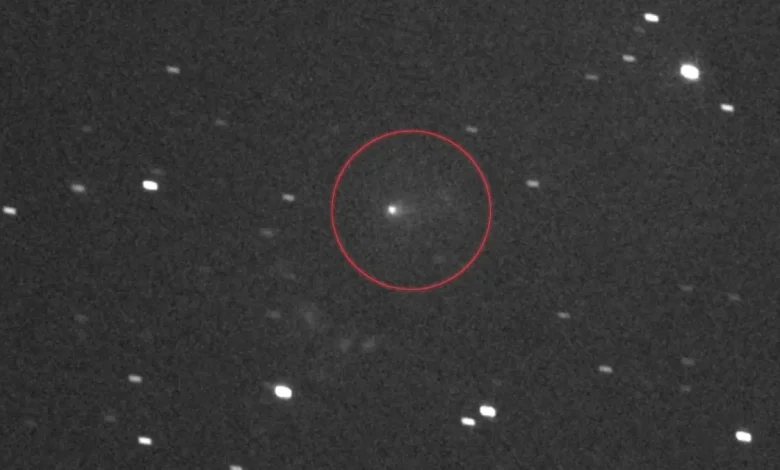What is 3I/ATLAS? See all photos NASA has released of interstellar comet

Did you miss seeing NASA’s new images of 3I/ATLAS? Here’s a look at all the photos the US space agency has released of the interstellar comet so far.
Just days ago, NASA dropped a batch of new images of a comet from an entirely different solar system that has for months been a source of public fascination and speculation.
The object, named 3I/ATLAS, is just the third comet to ever be discovered in Earth’s cosmic neighborhood originating from elsewhere in the universe. The interstellar interloper, which is likely way older than Earth, has been hurtling through our solar system at dizzying speeds and will one day soon be gone forever.
That’s why the world’s astronomers and space agencies are racing to study an object composed of planetary material that formed from another star. Ground telescopes and instruments in space have been hard at work to glimpse 3I/ATLAS, making NASA’s recent photo dump highly anticipated.
The comet also hasn’t been able to shake a persistent conspiracy theory that it could be an alien spaceship.
Did you miss seeing the new images? Here’s what to know about 3I/ATLAS, and a look at all the photos NASA has released of the interstellar comet so far.
What is interstellar comet 3I/ATLAS?
An object known as 3I/ATLAS made news in July when it was confirmed to be the third-ever object discovered originating outside Earth’s solar system. When it was spotted, 3I/ATLAS was whizzing at about 137,000 miles per hour, according to NASA.
Observations of 3I/ATLAS’s speed and trajectory confirmed to astronomers that it formed in another star system and was ejected into interstellar space – the region between the stars, according to NASA. For potentially billions of years, the comet has drifted on a journey from the general direction of the constellation Sagittarius in the center of the Milky Way that recently brought it into our solar system.
Unlike comets bound to the sun’s gravity, 3I/ATLAS is traveling on a hyperbolic orbit that will eventually carry it out of the solar system and back into interstellar space.
Astronomers don’t yet know exactly how big 3I/ATLAS could be, but estimates range from a few hundred feet to a few miles across, according to the European Space Agency. Data returned from the Hubble Space Telescope allowed astronomers to estimate the size of the comet’s solid, icy nucleus as anywhere from about 1,400 feet to 3.5 miles wide.
NASA photos of 3I/ATLAS interstellar comet
NASA on Nov. 19, released a trove of never-before-seen images of 3I/ATLAS unveiling new characteristics of the object.
A look at all of the photos NASA has released of 3I/ATLAS since its July discovery, including detailed explanations of each, are available below:
When will 3I/ATLAS approach Earth?
The comet 3I/ATLAS, which is not a threat to Earth, is projected to pass within about 170 million miles of our planet on Dec. 19 – or about twice the distance between Earth and the sun.
Eric Lagatta is the Space Connect reporter for the USA TODAY Network. Reach him at elagatta@gannett.com





